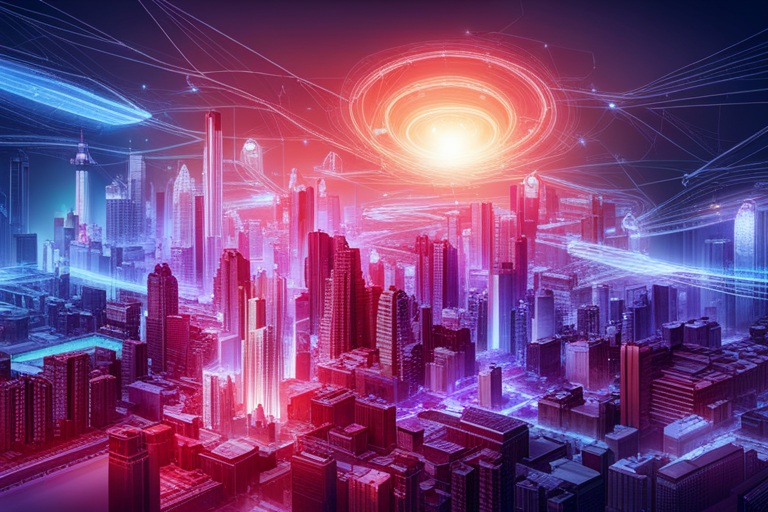Unlocking AI's True Potential: Revolutionizing Human-Machine Interaction through Generative AI as the Ultimate Interface

AI as the Ultimate Interface: Bridging the Gap Between Humans and Machines
The world of technology is ever-evolving, and the breakthroughs in artificial intelligence (AI) have been nothing short of astonishing. As a tech investor and entrepreneur, I've witnessed the rapid progress of AI and how it has transformed various industries. One of the most intriguing aspects of AI, especially in the realm of generative AI, is its potential to revolutionize the way we interact with machines. I believe that AI's true potential lies not in replacing humans or acting as unsupervised agents, but in serving as the ultimate interface between us and the digital world.
Generative AI: The Key to Seamless Interaction
Generative AI, which includes large language models (LLMs) and generative art models, is becoming increasingly adept at understanding and responding to human input. This advancement has the potential to turn AI into the perfect interface for a wide range of applications. Some of the reasons why generative AI is ideal for bridging the gap between humans and machines include:
-
Natural language understanding: LLMs can comprehend and process human language, making it easier for users to communicate with machines without needing to learn complex programming languages or syntax.
-
Personalized responses: AI can tailor its response to the user's specific needs, preferences, or even emotions, providing a more customized and intuitive experience.
-
Creative problem-solving: Generative art models can produce unique and innovative solutions to challenges, making them valuable partners in various fields, such as design, art, and entertainment.
AI's Role in Enhancing Human-Machine Interactions
By focusing on AI's potential as an interface, we can explore innovative ways to use this technology in everyday life. Some possible applications include:
- Customer support: AI-powered chatbots can provide immediate and personalized assistance to customers, reducing wait times and improving overall customer satisfaction.
- Education: AI tutors can offer personalized learning experiences, adapting their teaching methods and content to the individual needs of each student.
- Accessibility: AI can make technology more accessible to people with disabilities by providing alternative input and output methods, such as voice control or text-to-speech.
- Entertainment: AI can create captivating and interactive experiences in gaming, movies, and other forms of entertainment, offering personalized and immersive storytelling.
A Future of Collaboration, Not Replacement
As we continue to advance in the realm of AI, it's crucial to remember that the goal should not be to replace humans or create unsupervised agents. Instead, we should focus on harnessing AI's capabilities to enhance our interactions with machines and create innovative solutions to the challenges we face.
By embracing AI as the ultimate interface, we can bridge the gap between humans and machines, fostering a future of collaboration and shared progress. This mindset will ensure that we harness AI's full potential while keeping human values, creativity, and ingenuity at the core of technological advancement.
Comments
Post a Comment